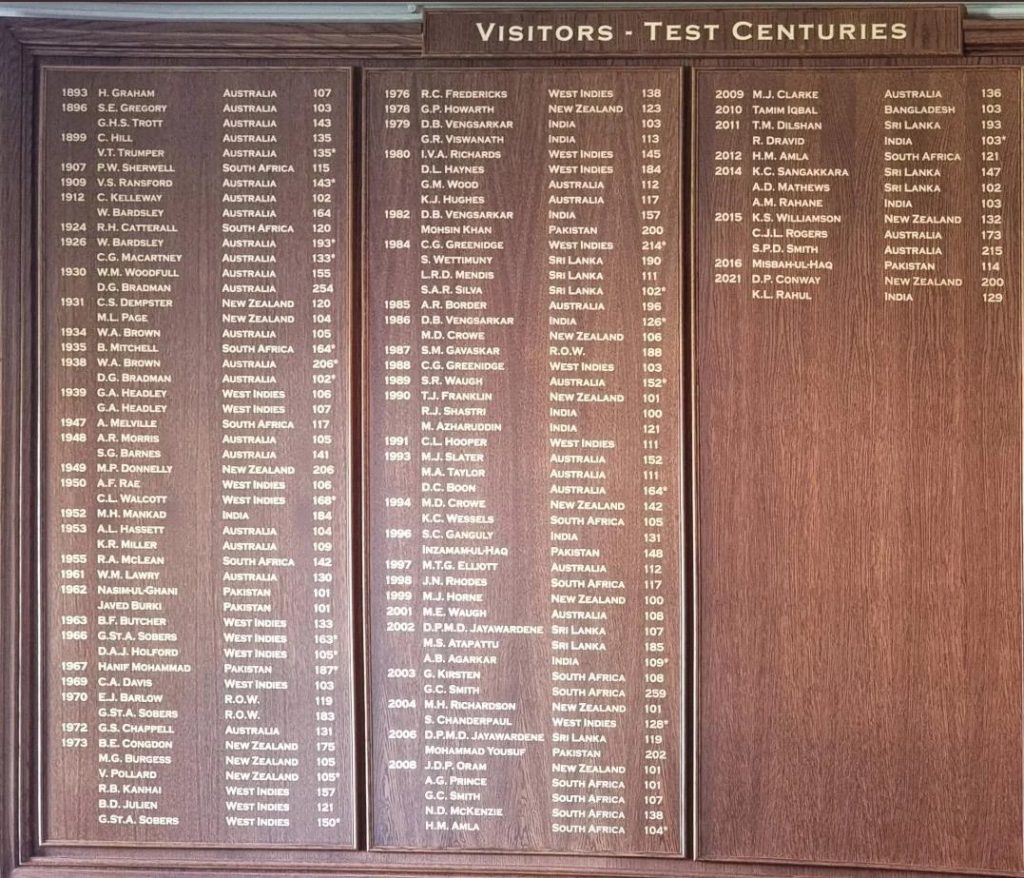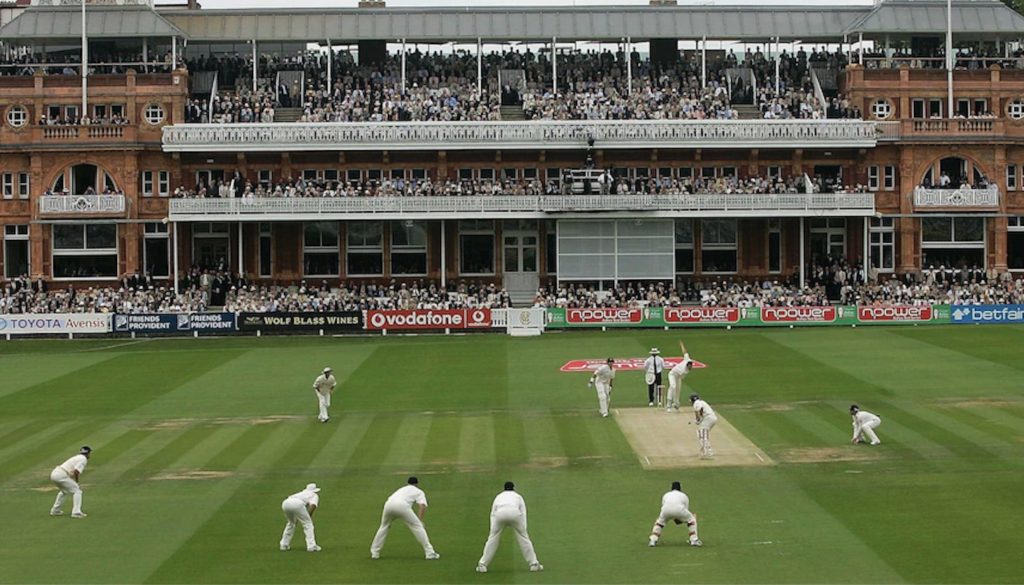Lord’s will provide a fitting backdrop to this week’s Ashes drama as the spiritual ‘Home of Cricket’ hosts the second Test between England and Australia.
The history
When the Marylebone Cricket Club was founded in 1787, its first home was Dorset Fields, a venue in north-west London chosen by ambitious entrepreneur Thomas Lord.
In 1814, MCC moved up the road to St John’s Wood, the site of the current Lord’s ground.
Lord eventually sold the ground to a Bank of England director, William Ward, for £5,400, but his name lives on.
In 1877, MCC invited Middlesex to adopt Lord’s as its county ground, an arrangement which continues to this day, with the venue also staging England Test matches at least once, and often twice, every year.
The Honours Board
Every cricketer who plays at Lord’s dreams of getting their name on the honours boards that hang in the home and away dressing rooms.
By scoring a century, taking five wickets in an innings or 10 wickets in a Test match at Lord’s, a player ensured their name was added to the boards.

In 2019, the boards were overhauled, with centuries and five-wicket hauls in limited overs internationals, in both men’s and women’s matches, now also recognised.
Many of cricket’s all-time greats have earned their place on the boards, including Don Bradman, Ian Botham and Viv Richards, but a few have missed out, among them Brian Lara, Sachin Tendulkar and Shane Warne.
“Attention to detail and keeping the tradition alive is what makes Lord’s so special,” former India spinner Anil Kumble said.
The slope
Canny bowlers can steal an advantage at Lord’s thanks to the slope that runs from the north end of the ground to the south end.
The difference in depth is 2.5m and because of the slope’s angles, seam bowlers from the Pavilion End and swing bowlers from the Nursery End aim to gain an advantage as the slope’s natural variation alters the bounce of the ball.
However, the outfield is quicker on one side of the ground as the ball runs down the slope and bowlers can lose their rhythm on the unusual surface, offering batsmen the chance to redress the balance.
“Once you get used to the slope, it can be a huge advantage as a bowler, because even when it’s flat, you feel like you’re in the game with some movement,” James Anderson, England’s record Test wicket-taker, said. “But when your rhythm might be off, it can really affect you.”
The experience
Situated amid the discreet affluence of leafy St John’s Wood, Lord’s provides a quintessentially English atmosphere.
While the action on the hallowed turf can captivate, the charm of a visit to Lord’s lies as much in the social milieu as the cricket.
Alongside Wimbledon and Royal Ascot, the Lord’s Test is on a shortlist of sporting events favoured by the upper echelons of British society.
The popping of Champagne corks in the stands is just as evocative of Lord’s as the sound of willow meeting leather on the pitch.
Taking pride of place among Lord’s eye-catching architecture is the Grade II-listed Victorian Pavilion – an elegant red-brick building housing the players’ dressing rooms and three tiers of seating for spectators.
Players walk from the dressing room to the pitch through the ‘Long Room’, which features paintings of great cricketers through the centuries and has been described as “the most evocative four walls in world cricket”.
Former Sri Lanka captain Kumar Sangakarra, who later became MCC’s first overseas president, said: “2002 was the year that I made my debut here. I remember being hosted for lunch and just the experience of the place, feeling the sense of history, was unbelievable.”
© Agence France-Presse







